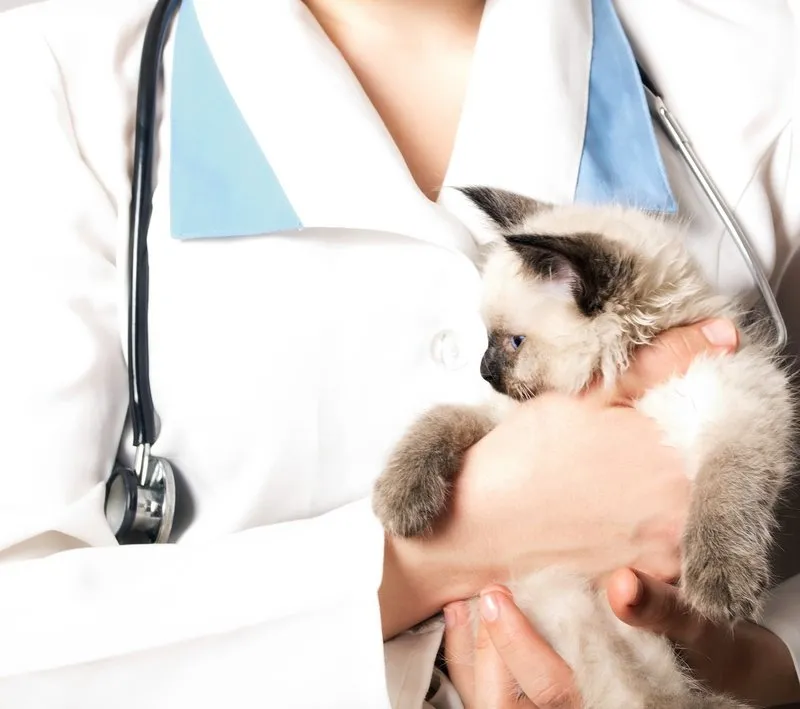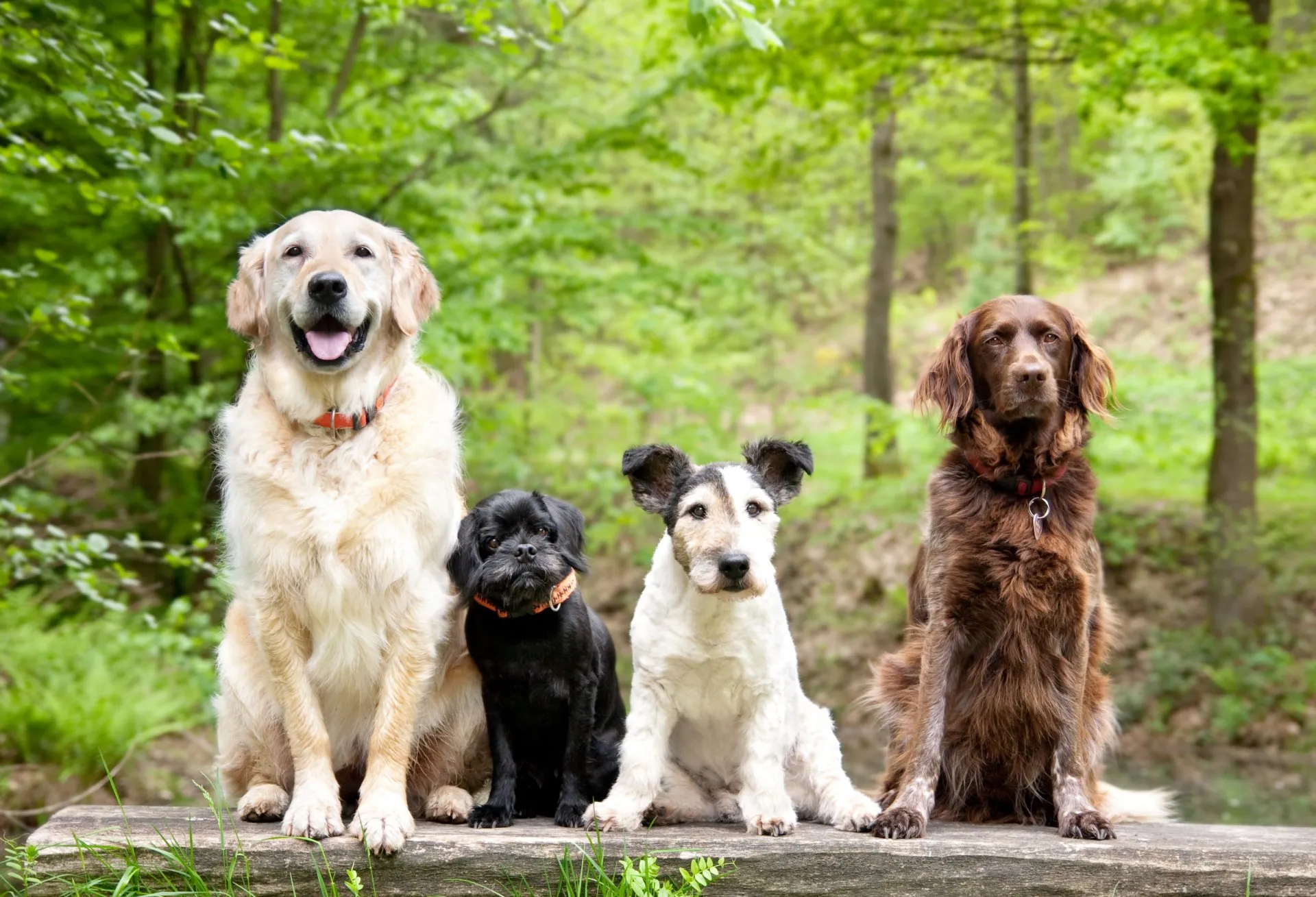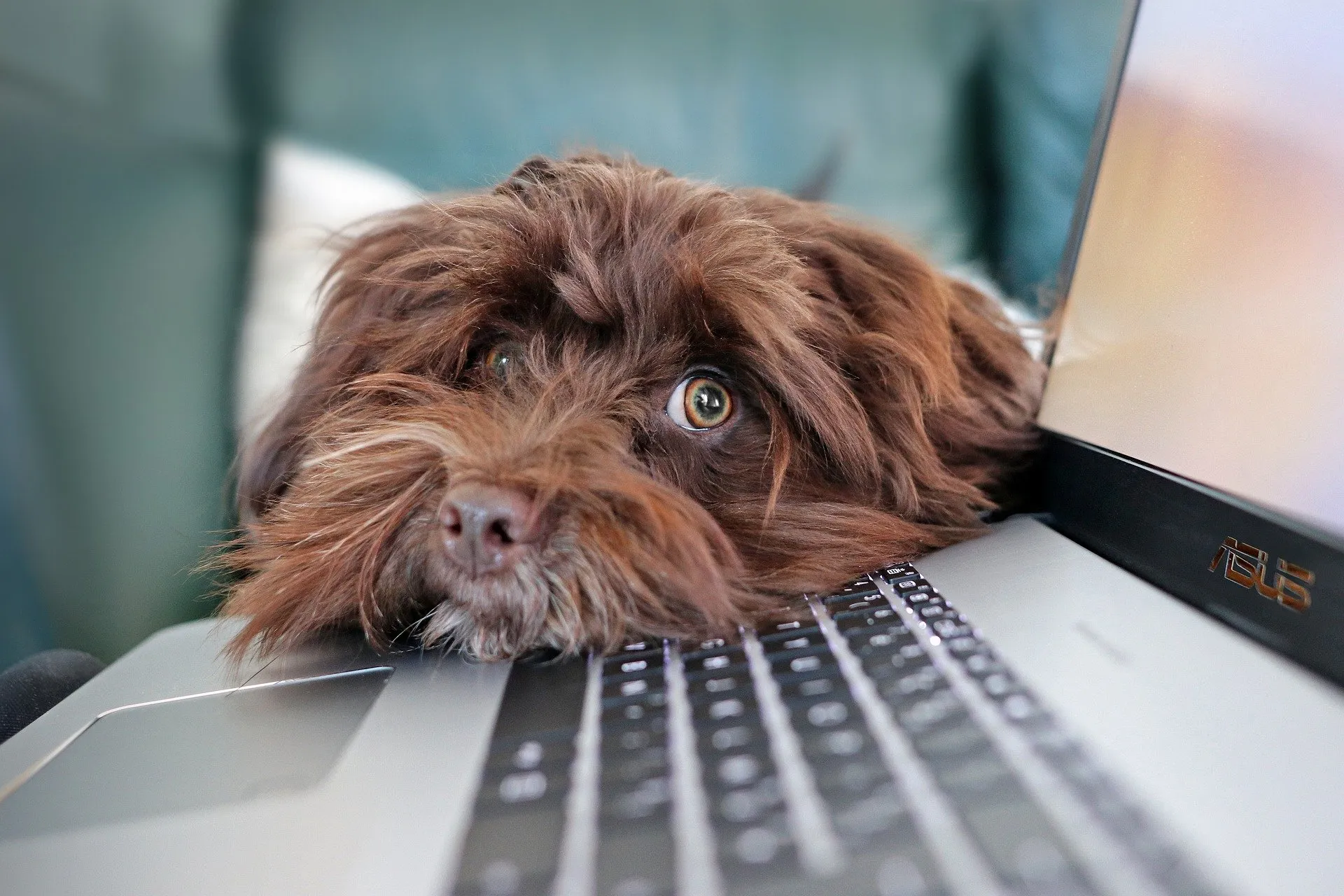The Fourth of July can be made even more fun by including your canine companion in the festivities. Feel free to do so, but take heed of these tips from a West Greenwich veterinary professional in order to keep your dog safe this holiday.
Leave Your Dog at Home for the Fireworks
A dog could easily become terrified and overwhelmed with the loud booms and cracks of your local fireworks display, not to mention the crowds of noisy strangers. More pets run away and get lost on the Fourth than on any other holiday, so it’s best to leave your dog safely secured at home to avoid having him become one of the statistics.
Use Caution with Home Fireworks
Planning on setting off fireworks, sparklers, or firecrackers in your driveway or yard? It’s probably best to keep your dog tethered indoors while doing so. The loud noises and lights could scare your dog into running off. What’s more, your dog could get too close, burning his face or paws if there were to be an accident. Home fireworks even contain harmful chemicals like potassium nitrate and arsenic, which will poison your pooch if he somehow swallows it.
Picnic Safety
Keep an eye on your dog during the holiday picnic. Don’t let guests feed him too many fatty table scraps, as it could result in upset stomach or other health problems. In addition, alcoholic beverages, chocolate, sweets, grapes, raisins, onions, garlic, avocado, and many more human foods will prove toxic to your pet if he ingests them. Don’t let your dog swipe anything off the table, and call your West Greenwich vet immediately if your dog does swallow any dangerous foods.
Sun Safety
There’s a good chance your dog will be out in the sun for an extended period of time this holiday, especially if you’re including him in an Independence Day picnic. Make sure he has plenty of cool, fresh water, and a shady spot to escape the heat. You might even consider applying doggie sunscreen to his ears and nose to prevent any burns. Ask your veterinarian for a recommendation.
Our Advice on Fourth of July Safety Tips for Dogs in 2024
What are some signs of anxiety or stress in dogs during fireworks displays?
During fireworks displays, dogs may exhibit signs of anxiety or stress such as excessive barking, whining, pacing, trembling, hiding, attempting to escape, or destructive behavior. Some dogs may also show more subtle signs like drooling, yawning, lip licking, or refusing to eat. Each dog’s response to stress can vary, so it’s important to observe any changes in behavior that deviate from their normal demeanor. Recognizing these signs early can help provide timely comfort and prevent potential harm or runaway situations during loud celebrations.
Are there any specific breeds or types of dogs that are more sensitive to loud noises like fireworks?
Yes, certain dog breeds and types may exhibit a higher sensitivity to loud noises such as fireworks. Breeds with naturally anxious temperaments or those with a strong reaction to stimuli, including herding breeds like Border Collies and Australian Shepherds, can be more prone to noise anxiety. Additionally, dogs with past traumas or negative experiences related to loud sounds may also show increased sensitivity. It’s essential to observe individual behaviors as sensitivity can vary widely among dogs, even within the same breed, and provide appropriate care and support during noisy events.
How can owners create a calming environment for their dogs at home during fireworks?
Owners can create a calming environment for their dogs during fireworks by first setting up a quiet, secure space in a room away from exterior noise, using heavy curtains to dampen sound. Playing soft music or white noise can help mask the sound of fireworks. Providing familiar toys and blankets can also offer comfort. Engaging in calming activities like gentle petting or using calming pheromone diffusers can further reduce anxiety. Ensuring the dog has access to water and a comfortable place to hide, like a crate, is essential for creating a stress-reduced environment.
What are the signs of heat exhaustion or heatstroke in dogs, and what immediate actions should owners take?
Signs of heat exhaustion or heatstroke in dogs include excessive panting, drooling, lethargy, disorientation, vomiting, diarrhea, and collapse. If you notice these symptoms, immediately move your dog to a cooler environment, apply cool (not cold) water to their body, and provide small amounts of water to drink. Avoid ice or very cold water, as this can cause shock. Contact your veterinarian immediately for further instructions. For local pet owners, our clinic in West Greenwich, RI, is equipped to handle heat-related emergencies, ensuring prompt and effective care for your dog.
What are the best methods for safely securing a dog at home during fireworks?
To safely secure a dog during fireworks, create a calm, quiet space away from exterior windows and doors. Use sound insulation methods like closing curtains and playing soothing music or white noise to drown out the fireworks. Provide a comfortable hiding spot, such as a crate with familiar blankets, where your dog can retreat. Consider anxiety-reducing products like weighted vests or calming supplements, recommended by a veterinarian. Always ensure your dog’s identification tags are up-to-date and consider microchipping as a precaution against escape attempts during high-stress events like fireworks.
Please feel free to contact us, your local animal clinic in West Greenwich, RI!





!Social Media Icons